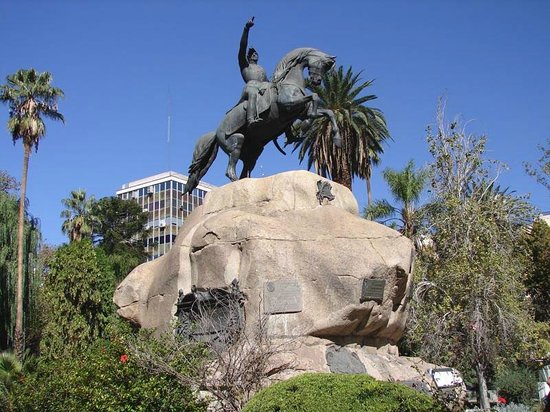Founded in 1561 by Pedro del Castillo, the city was named after the Governor of Chile, at that moment, Garcia Hurtado de Mendoza. In its origins, the basis of the Mendocinean economy lay in a rudimentary wine industry – whose surplus production was sent, in barrels, by mules to Tucuman and Buenos Aires – as well as to the silver mines of Uspallata.
In 1776, Mendoza (a village of 8000 inhabitants) ceased to rely on Santiago de Chile and passed to the jurisdiction of Cordoba. During the period of struggle for independence, Mendoza played a central and strategic role, governed by the then Colonel San Martin, who settled in El Plumerillo, just outside the village, the base where the Army of the Andes was organized.
After the Independence, it was established as a province in 1820. In 1861, a terrible earthquake destroyed the city and in 1863, it was rebuilt following the principles of the European urbanism.
In 1870, it was established a line of telegraph between Mendoza and Santiago, and in 1885 came the first convoy train from Buenos Aires, and with it came the modernity. After that, the Italian and Spaniard immigrants began to settle down in Mendoza, and they were the ones who shaped the caste of viticulturists and olive growers and who would make this land so worthwhile. To modern wine industry joined the oil exploration, another pillar of the Mendocinean economy.






